When most people think of Muslim pilgrimage sites, they picture Mecca and Medina. While these are undoubtedly important sites for Muslim pilgrims, they are actually not the most visited Muslim pilgrimage sites.
Around 9 million Muslims go to Mecca each year. However, the cities of Karbala and Najaf in Iraq receive more than 30 million pilgrims each year!
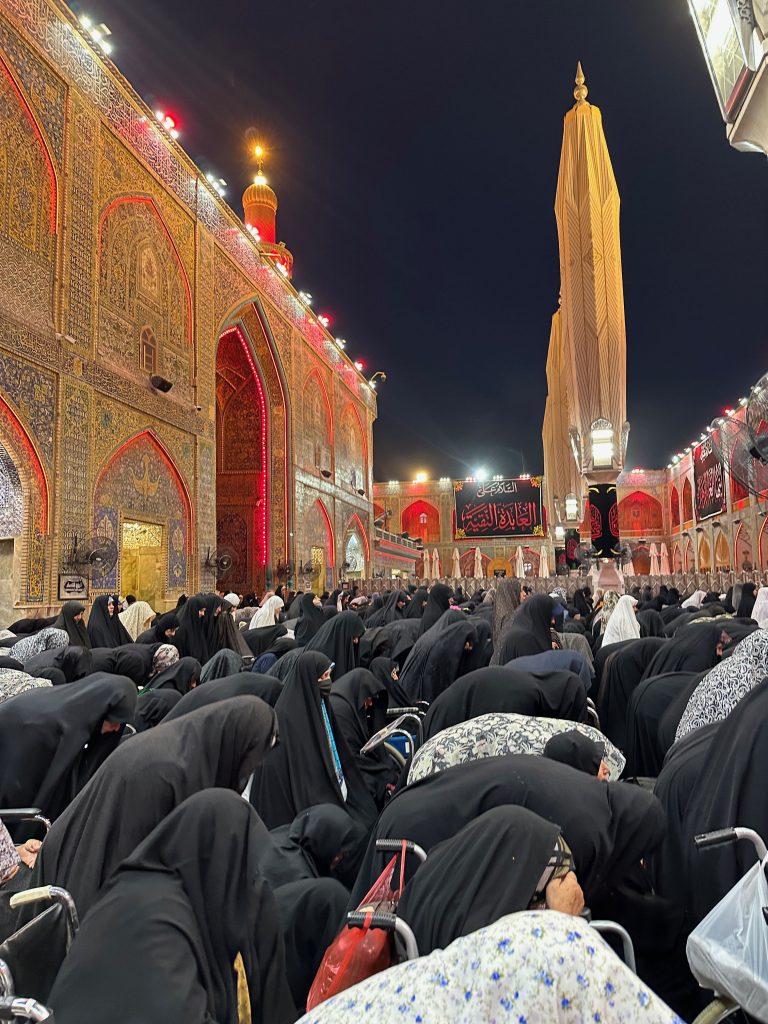
Which Muslims go to Karbala and Najaf?
While Karbala and Najaf are important to all Muslims, as these cities were the site of considerable Islamic development during the 7th century, the majority of Pilgrims to Karbala are of the Shia sect.
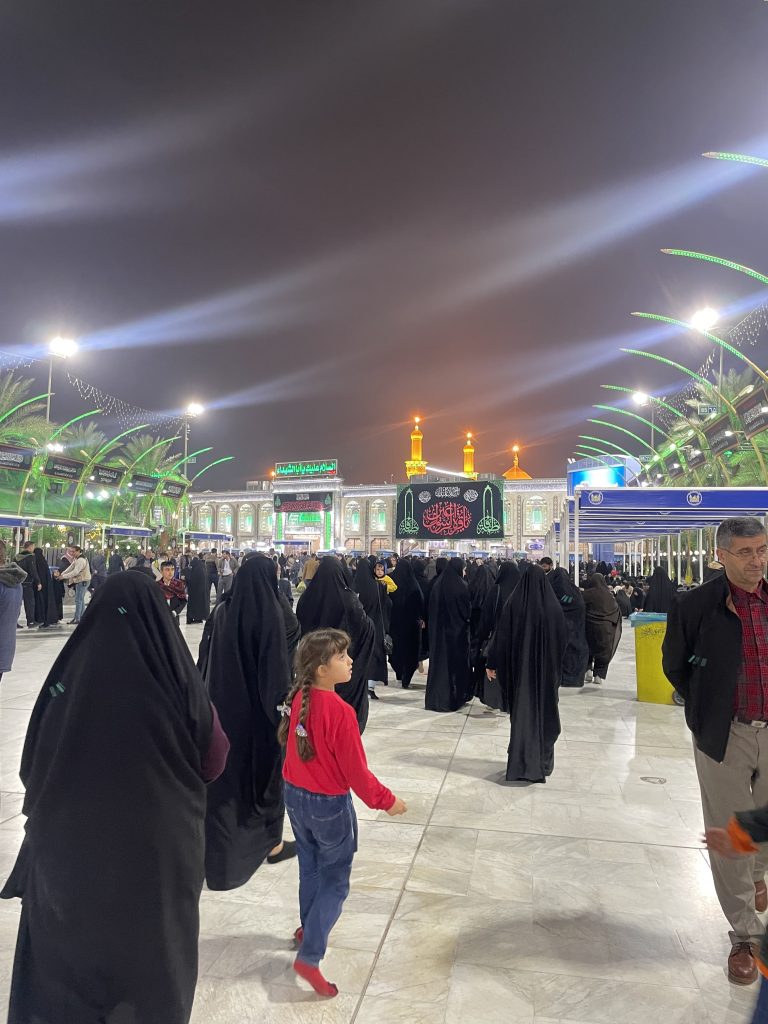
The History of Karbala and Najaf
The 10th of October 680 was arguably one of the most important dates for the history of the Muslim World. On this date, the Battle of Karbala took place. During this battle, the Umayyad Caliph Yazid waged a battle against a small revolutionary army led by Hussein Ibn Ali, the grandson of the Prophet Mohammed.
Yazid’s army slaughtered Hussein and his family. While this was horrible, it led to much more disastrous ramifications for the entire Muslim community. At this point, Islam as a religion was a little more than 100 years old. Since the death of the Prophet, there had been considerable debates over who should lead the Muslim umma, or global community.
Originally, it was decided that the descent of Muslim leadership should be given to the devout followers and close friends of the Prophet, not necessarily his blood relatives. This was quite revolutionary at the time, as almost all empires were based on tribal or familial connections.
However, as the Umayyad Caliphate (the first Islamic caliphate) developed, power began to be passed down only to powerful members of the Quraysh tribe, the tribe of the Prophet. The third Caliph, Uthman Ibn Ali, was a member of this tribe, but he was also the Prophet’s cousin, son-in-law and devout follower. However, before his death, he began to give powerful positions in the increasingly powerful caliphate to members of his tribe. Most notably, he put his cousin, Mu’awiya, in control of a vast area of lands and wealth.
This allowed for Mu’awiya to take control of the Muslim caliphate after the death of the 4th Caliph, Ali. Mu’awiya then established the Umayyad Caliphate, and he named his son Yazid to be the next successor of the Muslim people.
For many early Muslims, they began to become frustrated with the Umayyads. They had seen the development of Islam as a radically different system of governance than the systems of descent based on power that controlled the rest of the world. When Mu’awiya named Yazid Caliph, it broke all precedent, and it appeared to many that the Islamic caliphate was simply turning into another descent-based system of power that it had originally radically opposed.
Yet, all of the original followers of the Prophet were deceased by this point. It was difficult to choose a ruler based only on faithfulness. However, if a system based on descent were to be established, it should at least be based on the direct descendents of the Prophet and on those who were originally loyal to him.
Mu’awiya, and the rest of the Qauriysh tribe, originally rejected Islam and persecuted its first followers. More so, Mu’awiya and Yazid were not directly descended from Mohammed. In the eyes of many early Muslims, the control of the Muslim caliphate should go to the descendents of Ali, the son-in-law of the Prophet and one of his best friends and closest followers from the beginning.
Therefore, many of these supporters set up bases in Karbala and Kufa (part of modern-day), Iraq. Once Yazid’s army killed Hussein ibn Ali, the son of Ali, this led to a permanent schism in Islam that is today known as Shia (those who believe in Ali’s descendents) and Sunni. Sunnis theoretically believe in leadership based on shurra, or consultation, even if leadership of the Muslim world during the early period was indeed rife with leaders who named their descendents heirs.
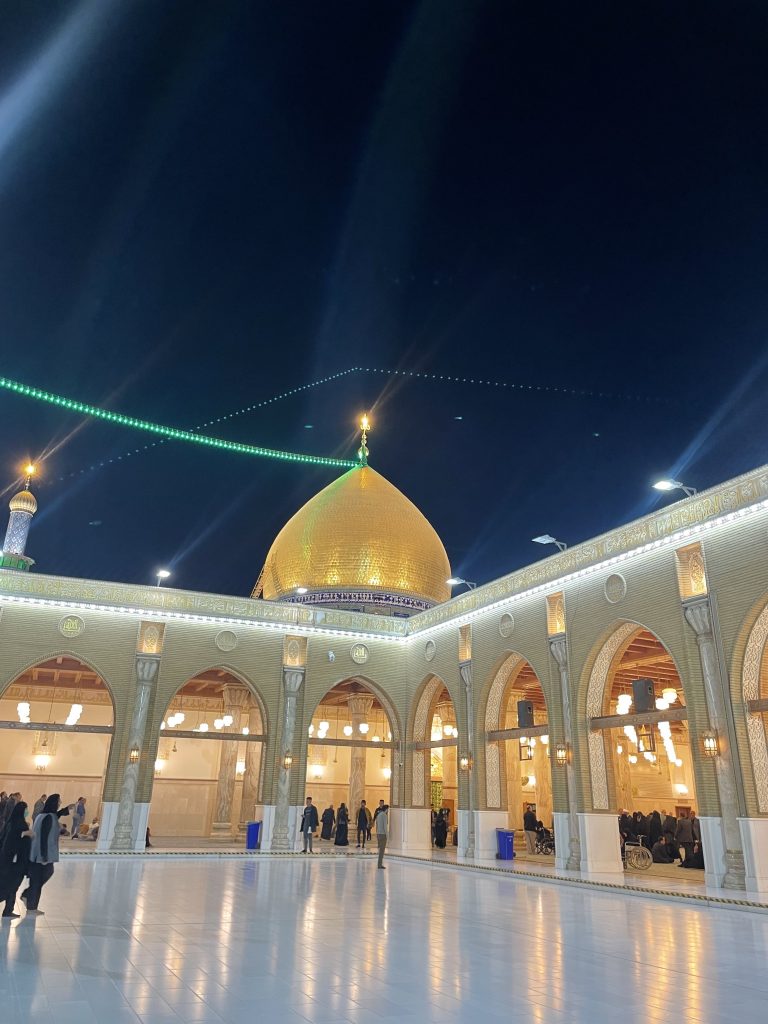
Why are these cities important to Shia
Today, Karbala and Najaf remain important sites to Shias because they are seen as the place in which the Muslim community betrayed and murdered the rightful descendents of the Prophet.
To most Shias, the murder of Hussein ibn Ali and his family are seen as direct betrayal of God and his message of Islam. They do pilgrimages to these sites to mourn for Hussein and his family and to seek forgiveness from God on behalf of the Muslims who betrayed and murdered him.
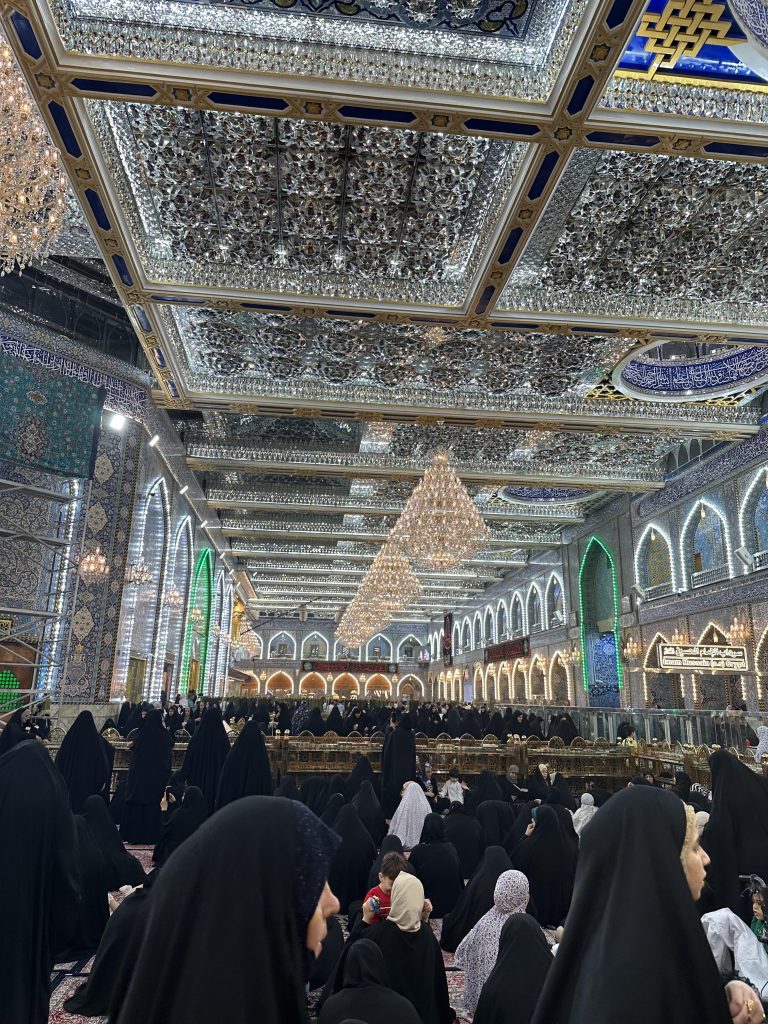
What is the difference between Shia and Sunni?
In the nearly 1200 years since the split between Sunni and Shia sects, considerable differences in practice and beliefs have developed, yet these beliefs are not as distinct as schisms in Christianity.
Fundamentally, Shia and Sunni disagree on the rightful descent of leadership in the Muslim community. While initially, it was believed that the caliphs of the early Muslim world had both religious and political power, Sunnis soon began to see the caliphs as only political figures. Religious decisions were left to the umma, or community, to interpret through Islamic scholars.
On the other hand, Shias believe that the descendents of the Prophet through the line of Ali continue to have the responsibility of interpreting the faith. The power of the original Shia imams may be compared to the Roman Catholic Pope, as these leaders were believed to have direct influence from God in interpreting religious faith as both political and religious leaders. Over time, more disagreements occurred on the rightful descendent, and various sects of the Shia faith developed, as Shia muslims disagreed on which descendent of the Prophet had the divine right to make religious decisions.
In terms of practical application of the faith today, Sunnis and Shias have some differences. Sunni and Shia muslims often pray in slightly different styles. For instance, In Karbala and Najaf, you will see many Shia muslims pray with a small stone, symbolizing the dirt of the Earth upon which God built humanity. This is not a tradition that Sunni muslims adhere to. Likewise, in Karbala and Najaf, you will see many photos of Hussein. Sunni muslims continue to reject all images of Muslim leaders, and do not use any form of iconography.
Many Christians make comparisons to the divides between Protestant and Catholics when discussing the division between Sunni and Shia Muslims. While some argue that Shias are more like Catholics, in that they use more icons and believe in a religious leader that holds central control, the divides over righteousness and salvation are less pronounced than they are in Christianity.
The Quran directly forbids the condemnation or questioning of other Muslim’s faith, so the mainstream sects of Sunni and Shias see the other as true Muslims who are worthy of salvation. Sunni and Shias both share a belief in the 5 pillars of Islam, do pilgrimages to Mecca, and share the same fundamental beliefs in Islam. Their disagreements are based only on the leadership of Islam and daily practices, not on core beliefs.

Is there a specific time that pilgrims travel to Karbala?
The pilgrimage sites of Karbala and Najaf function similar to those of Mecca. In Mecca, a Muslim can complete a pilgrimage any time during the year, which is known as Umrah. During a specific 10 day period that commemorates the Pilgrimage of the Prophet, pilgrims complete a ritual known as Hajj.
In Karbala and Najaf, you will also find hundreds of thousands of pilgrims visiting year round. However, during a 10 day period that commemorates the martyrdom of Hussein Ibn Ali, pilgrims complete a specific pilgrimage to these cities known as Ashura. Some years, more than 20 millions pilgrims have been reported to travel to Karbala during Ashura alone.
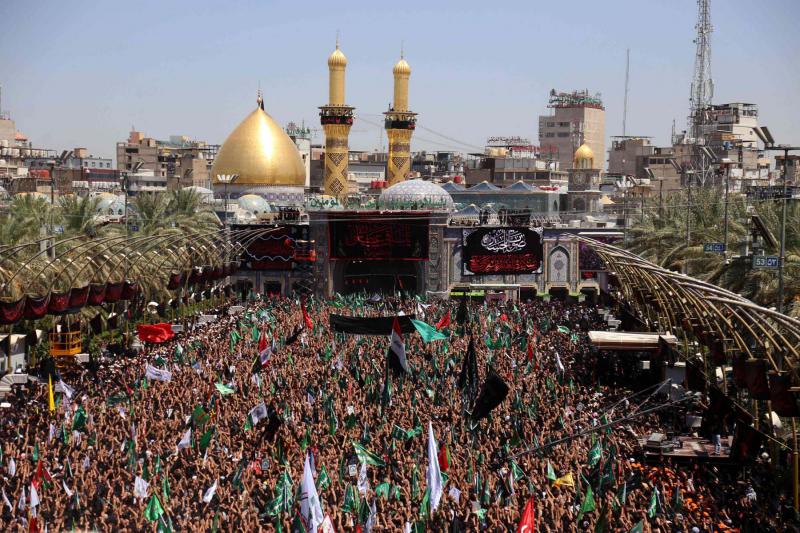
Why are there more pilgrims to Karbala than Mecca?
Practically, it is often easier for Muslims to travel to Karbala than it is for them to travel to Mecca. Saudi Arabia strictly controls the number of pilgrims visiting its Holy Sites, which Iraq does not.
This means that many pilgrims can travel to Karbala multiple times in their life, while visas to visit Mecca are often given only once.
Culturally, there is often a greater societal value placed on this pilgrimage in Shia-majority states than there is for the Hajj pilgrimage in Sunni-majority countries. During the time of Ashura, Shia-majority regions typically have a long public holiday. In addition, it is very common to walk to Karbala during Ashura as a sign of devotion, even from very far distances. While albeit taking much longer, this option, combined with public holidays from work, makes pilgrimages to Karbala a more cost-effective and accessible option for millions of Shia Muslims.
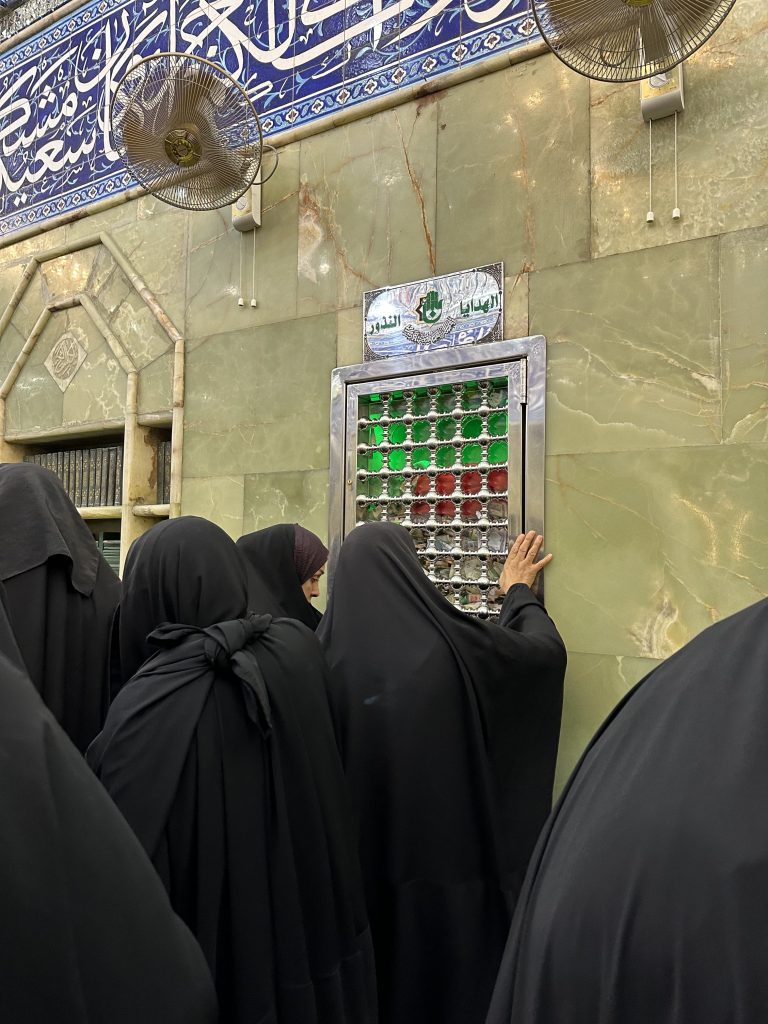
Can you see Karbala and Najaf as a tourist?
Yes! Unlike Mecca, which bans non-Muslim tourists and is very difficult even for many Muslims to access, Karbala and Najaf are constantly open to non-Muslims.
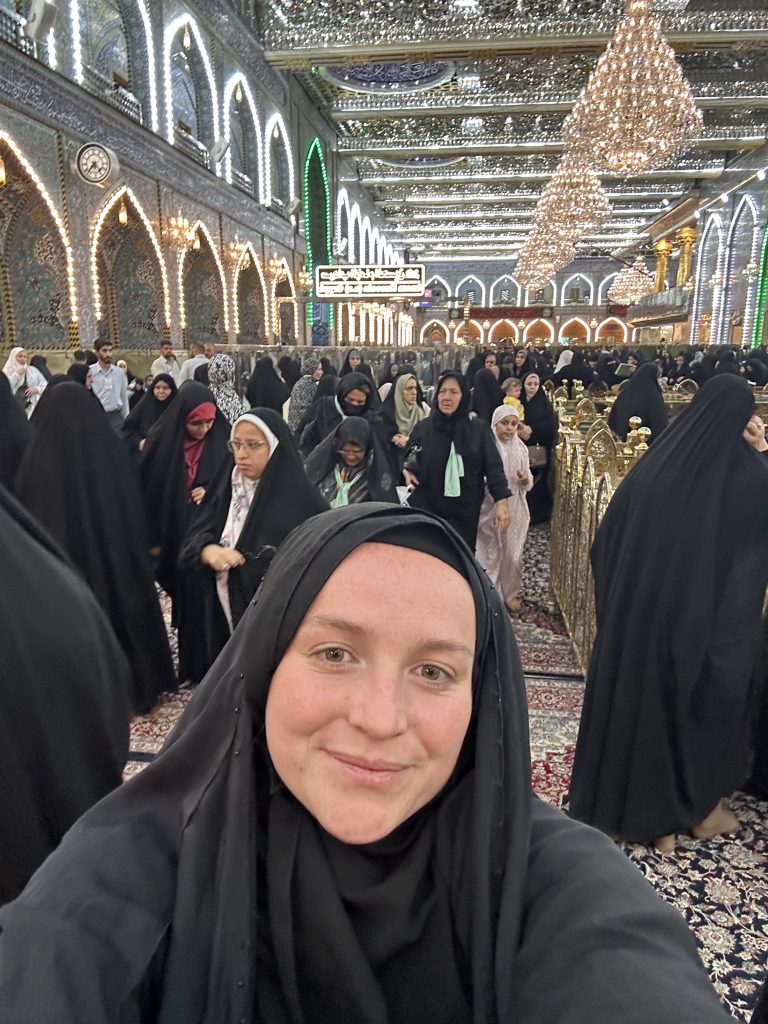
What makes Karbala a unique tourist experience?
Quite frankly, visiting Karbala and Najaf is an experience unlike any other. Even if you are not religious, it is an opportunity to see millions expressing religious devotion, and it offers an incredible opportunity to see the way in which religion continues to have a massive impact on the world today!
All of our tours to Iraq include a visit to Karbala and Najaf, so join us for the chance to see these incredible sights for yourself!





